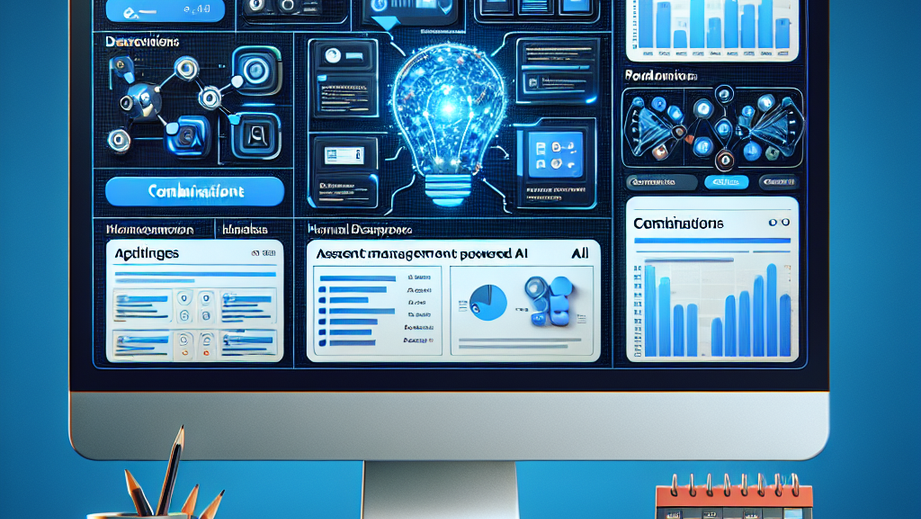Google has recently made significant updates to its asset management and creation for Responsive Search Ads (RSAs), giving advertisers better control and flexibility over their campaigns. These updates, powered by AI, have the potential to greatly improve engagement and overall campaign performance.
One notable feature of these updates is the ability to associate up to three headlines and two descriptions at the campaign level. This allows advertisers to create various combinations of messaging, increasing the likelihood of delivering the most appealing ad to their target audience. Advertisers can also choose to display a single headline, expanding creative possibilities.
In addition to the expanded headline options, time-sensitive promotions can now be scheduled with specific start and end dates for these assets. This ensures that advertisers can deliver the right message at the right time, maximizing its impact and relevance. Moreover, assets pinned to specific positions will retain their spots, giving advertisers more control over the positioning of their ads. This strategic advantage allows advertisers to highlight their most important information or offers in prominent positions, capturing the attention of their audience.
The most significant development is the introduction of AI-generated assets by Google. Previously, manually created assets took priority over automated counterparts. However, with these updates, AI-generated assets will replace manually created assets of the same type if they are predicted to enhance performance. This shift shows Google’s commitment to using AI technology to deliver the best ad possible to the right person at the right time.
While AI brings many benefits, it is important to acknowledge that it is not foolproof. There is still a chance of errors in predicting campaign performance. Advertisers must remain vigilant and closely monitor their campaigns to ensure optimal results.
Additionally, the updates introduce account-level automated assets, including dynamic images, dynamic sitelinks, dynamic callouts, and dynamic structured snippets. These automated assets enhance ad personalization and relevance, allowing advertisers to deliver tailored messages to their audience.
By embracing these updates, advertisers are giving Google more control. Although this may raise concerns for some, it is important to recognize the potential benefits that come with leveraging Google’s AI capabilities. AI can unlock new opportunities for engagement and drive better campaign performance, ultimately leading to more successful advertising campaigns.
According to a Google spokesperson, these updates aim to increase the effectiveness of RSAs, stating, “RSAs have always been designed to help advertisers deliver the best ad possible to the right person at the right time.” With these updates, Google aims to equip advertisers with the necessary tools to achieve this goal.
To evaluate the frequency of specific headlines or headlines at the start of description lines, advertisers can refer to the combinations report. This report allows advertisers to analyze the performance of different combinations and make data-driven decisions to optimize their campaigns.
The changes introduced by Google will be reflected in advertisers’ combinations report, providing a comprehensive overview of the impact of these updates. Advertisers can track the performance of their ads and make necessary adjustments to further improve their results.
Overall, the updates to asset management and creation for Responsive Search Ads offer advertisers enhanced flexibility and control. By harnessing AI technology, Google aims to improve campaign performance and deliver more tailored and engaging ads. However, it is important for advertisers to closely monitor their campaigns and make data-driven decisions to ensure optimal results. With these updates, Google continues to innovate and equip advertisers with the necessary tools to succeed in the ever-changing digital advertising landscape.











